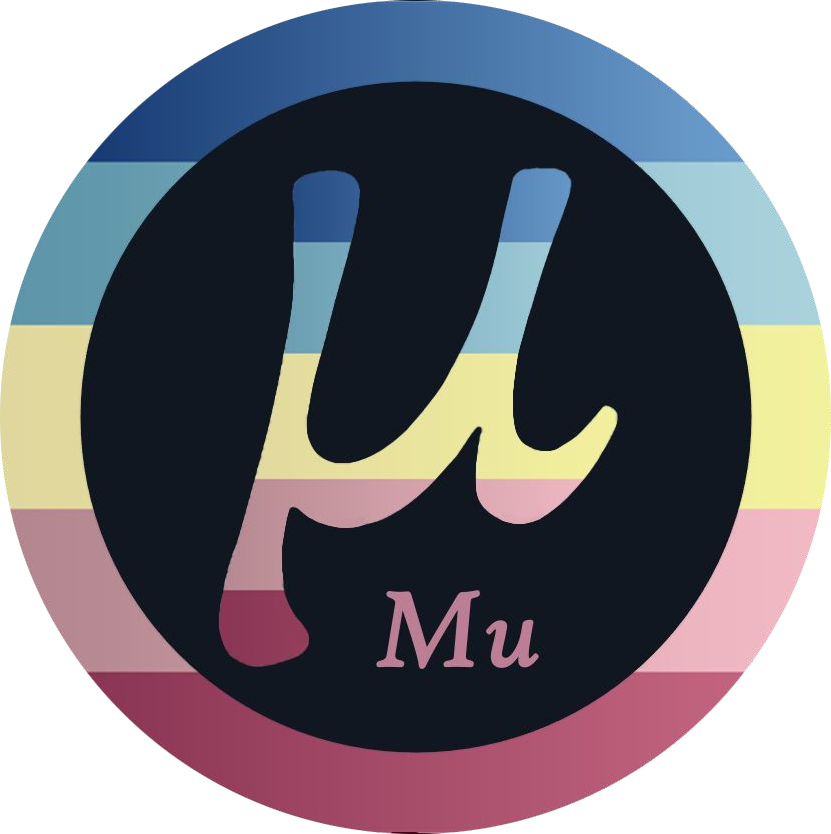Most discussions about how best to refer to ourselves place their focus solely on maps while leaving out AAMs. I feel that this semantic separation suggests that AAMs are only a peripheral part of our community; like allies, they support us and associate with us, but they are not one of us. I think this is a mistake, for MAAs and AAMs are two sides of the same coin. Intergen relationships are incomplete without both parts. If we want AAMs to join us and to campaign with us, then we really ought to show them that they are an integral part of our community. As we search for an ideal name for ourselves, let us find one that reflects this.
I suspect that many of you have read or are otherwise familiar with After The Fall: A Beginner's Guide to Destroying Pedophobia in the 21st Century and its proposition that we use the word "kind" to refer to ourselves. With its English connotations of warmth and love, and its German definition translating directly to "child," I think "kind" is an excellent candidate. The one issue, however, is that, although it does a great job of linking maps and AAMs together, it might just bring us a little too close together. Like yin and yang, we are indeed two parts of one whole, but those parts are distinct. How do we find a naming convention that respects this distinct-yet-connected dynamic?
Continuing to take inspiration from the yinyang, we find two options. One is to use a word family, where one word refers to maps (yang), another related word refers to AAMs (yin), and the two are married together by a third umbrella term (yinyang). Let's look at an example using flowers. "Buds" or "sprouts," full of potential, could refer to AAMs; while maps are beautiful "blossoms." The two would be joined together by the word "flower." Our relationships, then, would be described as "floral relationships" or "flower couples." The second of the two options is to use a compound word (yinyang) to describe the grouping of maps and AAMs together, then use the two parts to refer to maps (yang) and AAMs (yin), respectively. Since I liked the "kind" proposal so much, I'll use "kindhearted" as an example here. In this example, maps are "kind" and AAMs are our beating "heart." Together we are "kindhearted" or "kindhearts."
My apologies if these examples are unsatisfactory - I've never been good at naming things. My goal here is not to present a final draft but instead to reopen the conversation about what we call ourselves with a newfound focus on including AAMs in the discourse and in our movement. Thank you for reading, and feel free to join the conversation and share any feedback, especially if you're an AAM. What words would you use to describe yourself as an AAM? Would you consider yourself one of us or something separate? I look forward to seeing your perspectives.
